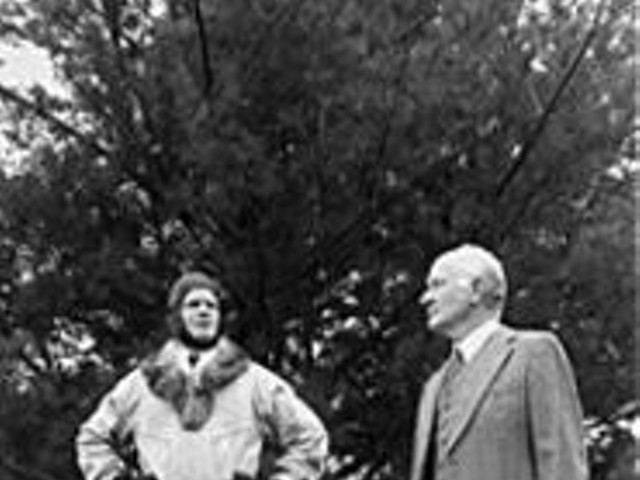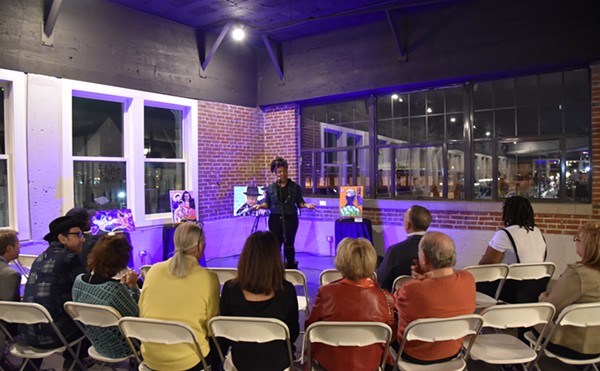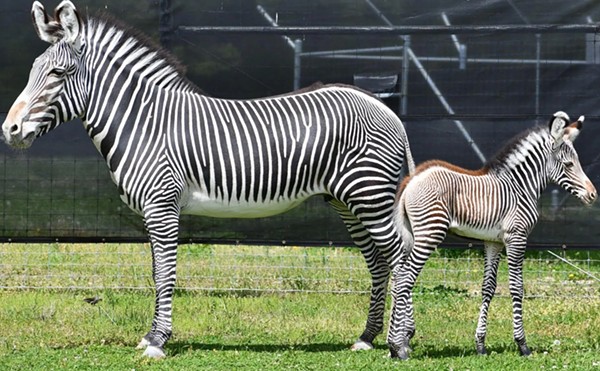In the pre-television, pre-satellite world of May 1927, Lindbergh flew an open-air plane called the Spirit of St. Louis from New York to Paris in the first nonstop transatlantic flight. It was a feat comparable to finding North America with three rickety ships or, at least, to navigating St. Louis' own Lindbergh Boulevard at rush hour in a soapbox-derby car. And the world went crazy.
"It's unfathomable how big a hero Lindbergh was," says Robert Archibald, president of the Missouri Historical Society. "Nothing compares with the international heroism of Lindbergh. He was the first media superhero.
"When he made that flight, he had no idea that there were going to be tens of thousands of people waiting for him to land, because, in his lifetime, how could that conceivably happen? What happened, of course, was that radio conveyed news of where he was to people all over the world."
Beginning May 5, 75 years after Lindbergh's flight, the Missouri Historical Society invites today's crowds to a major exhibit celebrating Lindbergh both for his air-breaking feat and for his life beyond the winning touchdown in Paris. The exhibit includes a cockpit re-created from the Spirit of St. Louis, historic newsreels and radio broadcasts, and interactive props, as well as hundreds of artifacts either never made public or in storage for decades.
Purists will appreciate the fact that the show goes beyond Lindbergh's attraction as a lovable flyboy. Artifacts reveal his later life, which became complicated in the push and pull of social and political discourse.
"The exhibit will address Lindbergh's involvement in the America First [isolationist] movement and the accusations of [his] anti-Semitism," Archibald says. "And even though he rode the crest of twentieth-century technology, he became very worried later in life. He was concerned about what he witnessed from the air over a lifetime of flying, the profound changes he saw on the earth's surface. He made his life as an advocate for technology but then said, 'Now I'm not sure. Maybe what humans are doing to the planet is a recipe for disaster.'"
The exhibit examines all the Lindberghs: the pilot, the hero, the unlikely social commentator and the lasting icon.
"He's a daredevil young pilot, and he loves to fly, so that's one Lindbergh," Archibald says. "Then he flies across an ocean, and we have Lindbergh the international superstar.
"But remember, he's an airmail pilot who happened to accomplish this extraordinary feat. All of a sudden, everybody wants to know his opinion about everything. So he gets himself embroiled in the politics of his day. You have to look at him through all of those lenses. But the best one to look at him through may be as a symbol of some of the great issues of the twentieth century."





